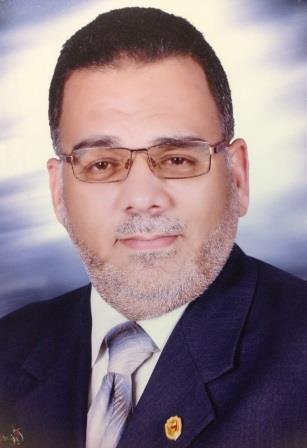Abstract
Purpose: A prospective work to study and evaluate surgical and endoscopic techniques used in management of post cholecystectomy problems.
Patients & Methods: In the period from Mars 2000 to October 2010, a random sample of 630 patients (366 females and 264 males) were enrolled from general surgery department, and gastro-intestinal endoscopy unit, Assuit University hospitals, and managed accordingly using surgery in 143 patients, and endoscopy in 482 patients (plus percutaneous techniques in 25 patients).
Results: Endoscopy was very successful as an initial treatment of 457 patients (73%), as being less invasive, low morbidity and mortality, competitive to surgery in treatment of missed stone (88%), mild to moderate biliary leakage (82%), and biliary stricture (74%). Its success increased by addition of percutaneous techniques in 4%, 2.8% & 8.3% for missed stone, leakage, and stricture respectively. But endoscopy was somewhat complementary to surgery in major leakage, and massive stricture, and surgery was resold to in 15%, and 17% of cases.
Surgery remain as the treatment of choice in complex problems, and endoscopy play a complementary role in such cases of transection, ligation, combined problems of stones, stricture, and leakage (< 40%), compared to 60% for surgery. Bilio-enteric anastomosis was the procedure of choice, done in 86 cases, with stent splintage in unhealthy, or small sized ducts. And stricture complication was encountered in 6% of cases treated by percutaneous rout in 4, and redo surgery in1 case.
The learning curve seems influential in both endoscopy and surgery. The cumulative experience increase the success rate of endoscopy from initial 50% to 95% nowadays, also surgery improved with decreased morbidity and mortality as complications encountered was seen in initial experience and decreased with time.
Conclusion: Endoscopy was competitive to surgery in simple problems and advised to be the initial treatment choice, but complementary in major leak, ligation, transection, and complex problems, where surgery plays the main role in treatment with its invasiveness, high morbidity and morbidity. Cumulative experience influence endoscopic and surgical treatment of such problems and it is mandatory with other facility and equipment for management of such challenging cases


